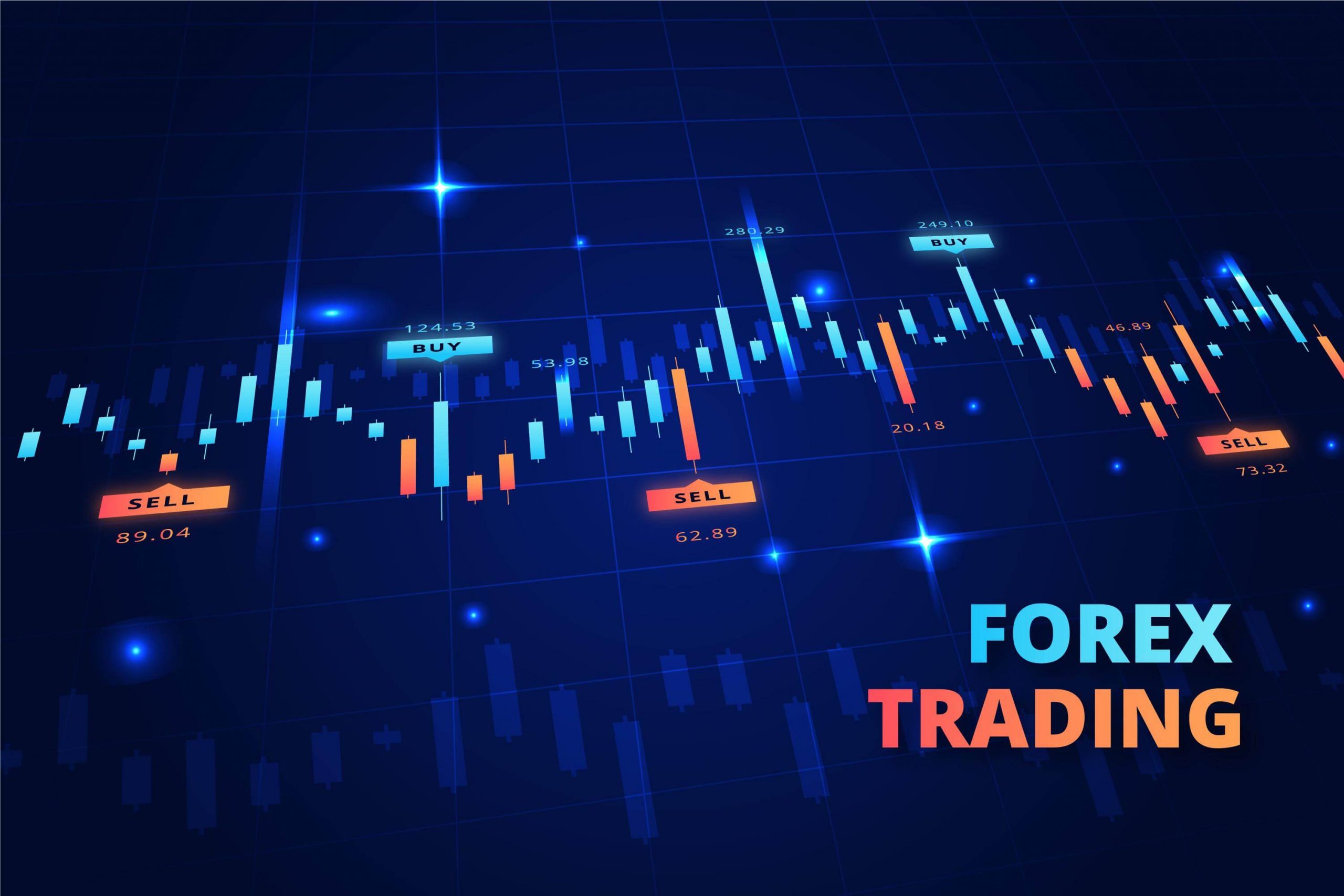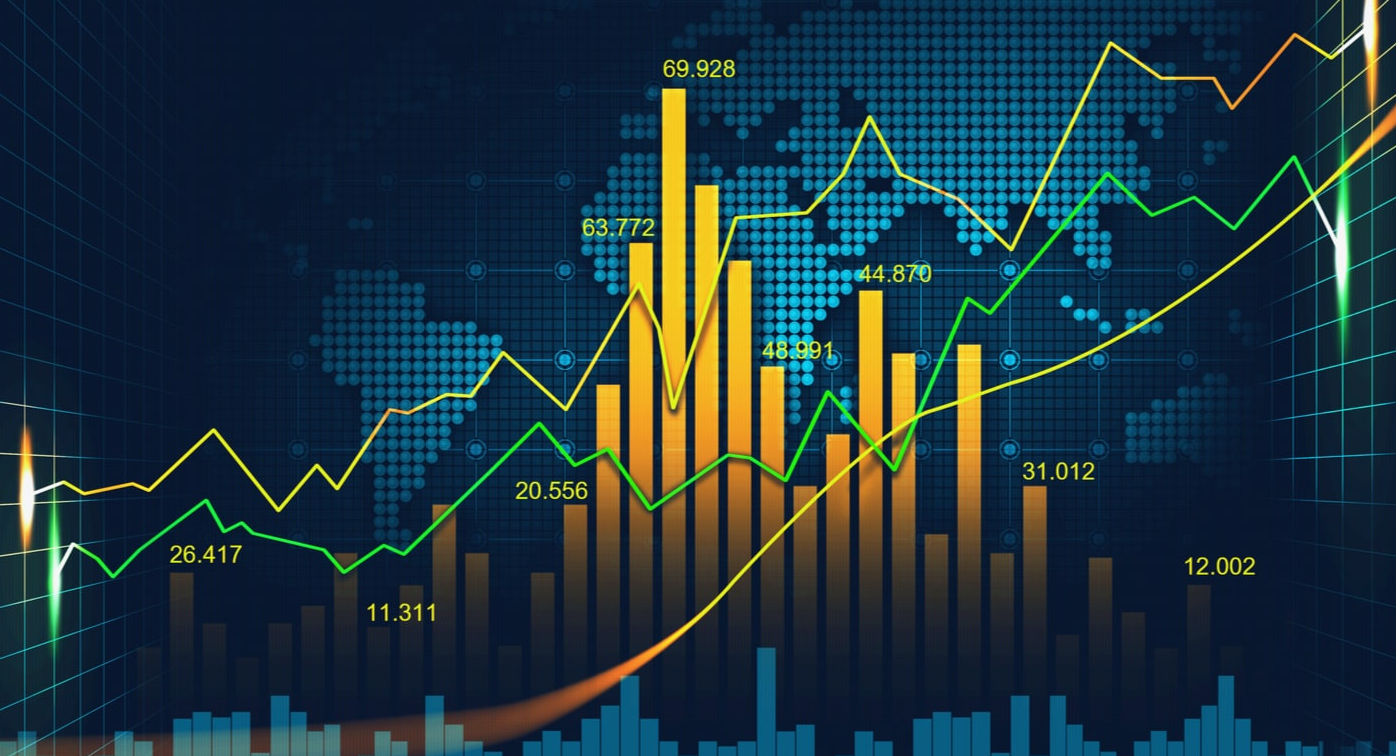Embark on a captivating journey into the realm of Forex Trading, where currency markets dance and fortunes are made. This comprehensive guide will illuminate the intricacies of Forex, empowering you with the knowledge and strategies to navigate its ever-evolving landscape.
Delve into the fundamentals of currency pairs, market participants, and order types. Discover the nuances of technical and fundamental analysis, and equip yourself with risk management techniques to safeguard your investments. Our exploration of trading platforms and tools will provide you with the arsenal you need to execute your trades with precision.
Forex Trading Basics

Forex trading, also known as foreign exchange trading or currency trading, involves buying and selling currencies on the foreign exchange market. The Forex market is the largest and most liquid financial market globally, with a daily trading volume exceeding $5 trillion.
In Forex trading, currencies are traded in pairs, such as EUR/USD (euro vs. US dollar) or GBP/JPY (British pound vs. Japanese yen). The first currency in a pair is called the base currency, while the second currency is called the quote currency.
Market Participants
The Forex market consists of various participants, including banks, institutional investors, hedge funds, retail traders, and central banks. Banks are the primary market makers, providing liquidity and facilitating trades between other participants.
Types of Forex Orders
There are different types of Forex orders that traders can use to enter and exit positions in the market:
- Market ordersare executed immediately at the current market price.
- Limit ordersare executed only when the market price reaches a specified price level.
- Stop ordersare used to trigger a trade when the market price reaches a certain level, either to enter or exit a position.
Forex Market Structure
The Forex market is characterized by its decentralized structure, with trading taking place over-the-counter (OTC) rather than on a centralized exchange. This means that trades are executed directly between participants without the involvement of a central authority.
The major currency pairs, also known as majors, are the most heavily traded pairs in the Forex market. These include EUR/USD, USD/JPY, GBP/USD, USD/CHF, and USD/CAD.
The Forex market is open 24 hours a day, five days a week, with trading sessions overlapping between different financial centers around the world.
Liquidity is a crucial factor in Forex trading, as it determines the ease with which a currency can be bought or sold. The major currency pairs are highly liquid, meaning that there is always a ready market for these currencies.
Forex Trading Strategies

Forex trading strategies involve analyzing market data to make informed trading decisions. These strategies can be categorized into technical analysis, fundamental analysis, and risk management.
Technical analysis focuses on historical price data to identify patterns and trends that may indicate future price movements. Common technical analysis methods include:
Chart Patterns, Forex Trading
- Head and Shoulders:A reversal pattern indicating a potential trend change.
- Double Top/Bottom:A trend continuation pattern signaling a potential breakout.
- Triangle:A consolidation pattern indicating a potential breakout or breakdown.
Moving Averages
Moving averages smooth out price data to identify trends and support/resistance levels.
Indicators
- Relative Strength Index (RSI):Measures momentum and overbought/oversold conditions.
- Moving Average Convergence Divergence (MACD):Identifies trend changes and potential trading opportunities.
- Bollinger Bands:Indicate volatility and potential breakout/breakdown points.
Fundamental analysis, on the other hand, considers economic data, political events, and central bank policies that can impact currency values.
Economic Data
- Gross Domestic Product (GDP):Measures economic growth and can influence currency demand.
- Consumer Price Index (CPI):Indicates inflation levels and can affect currency valuation.
- Unemployment Rate:Impacts consumer spending and currency demand.
Political Events
Political stability, elections, and international relations can influence currency values.
Central Bank Policies
Interest rate decisions and monetary policy announcements can have a significant impact on currency markets.
Finally, risk management is crucial in Forex trading to protect against potential losses.
Stop-Loss Orders
Automatic orders that trigger a trade closure when a specified price is reached, limiting potential losses.
Position Sizing
Determining the appropriate amount of capital to allocate to each trade based on risk tolerance and account size.
Hedging
Using offsetting positions to reduce risk exposure to fluctuations in currency values.
Forex Trading Platforms and Tools
The choice of trading platform and tools can significantly impact your trading experience and success. Understanding the different options available and selecting the ones that suit your trading style and needs is crucial.
Forex Trading Platforms
- Desktop Platforms:Offer advanced features, customizable charts, and a wide range of trading tools. They are typically used by experienced traders who require extensive functionality.
- Web-based Platforms:Accessible from any device with an internet connection, web-based platforms provide convenience and ease of use. They are suitable for beginners and traders who prefer a simple and intuitive interface.
- Mobile Platforms:Allow traders to access their accounts and execute trades from anywhere. They offer limited functionality compared to desktop platforms but provide portability and flexibility.
Forex Trading Tools
Various trading tools are available to enhance your analysis and decision-making process.
- Charting Software:Provides technical analysis tools to identify trends, patterns, and support/resistance levels. It allows traders to visualize market data and make informed trading decisions.
- News Feeds:Deliver real-time news and market updates that can impact currency prices. Staying informed about economic events and geopolitical developments is essential for successful trading.
- Economic Calendars:Display scheduled economic announcements and data releases that can cause significant market volatility. Monitoring economic events can help traders anticipate price movements and adjust their trading strategies accordingly.
Selecting the Right Platform and Tools
The choice of platform and tools depends on your trading style, experience level, and individual preferences. Consider the following factors when making your selection:
- Trading Style:Scalpers and day traders may prefer desktop platforms with advanced charting capabilities, while swing traders and long-term investors may find web-based or mobile platforms sufficient.
- Experience Level:Beginners may prefer web-based or mobile platforms for their simplicity and ease of use. Experienced traders may require the more sophisticated features offered by desktop platforms.
- Individual Preferences:Personal preferences also play a role. Some traders may prefer the flexibility of mobile platforms, while others may value the extensive functionality of desktop platforms.
Final Summary

As you conclude this immersive exploration, you will emerge as a confident and informed Forex trader, ready to conquer the currency markets. Remember, success in Forex demands a blend of knowledge, discipline, and an unwavering commitment to learning. Embrace the challenges, harness the opportunities, and let your trading journey unfold into a tale of financial triumph.
Question & Answer Hub
What is the essence of Forex Trading?
Forex Trading involves the buying and selling of currency pairs, speculating on their relative value changes to profit from market fluctuations.
How do I choose a reliable Forex broker?
Consider factors such as regulation, trading platform, spreads, and customer support when selecting a reputable Forex broker.
What are the key risk management strategies in Forex Trading?
Effective risk management involves employing stop-loss orders, managing position size, and implementing hedging strategies to mitigate potential losses.